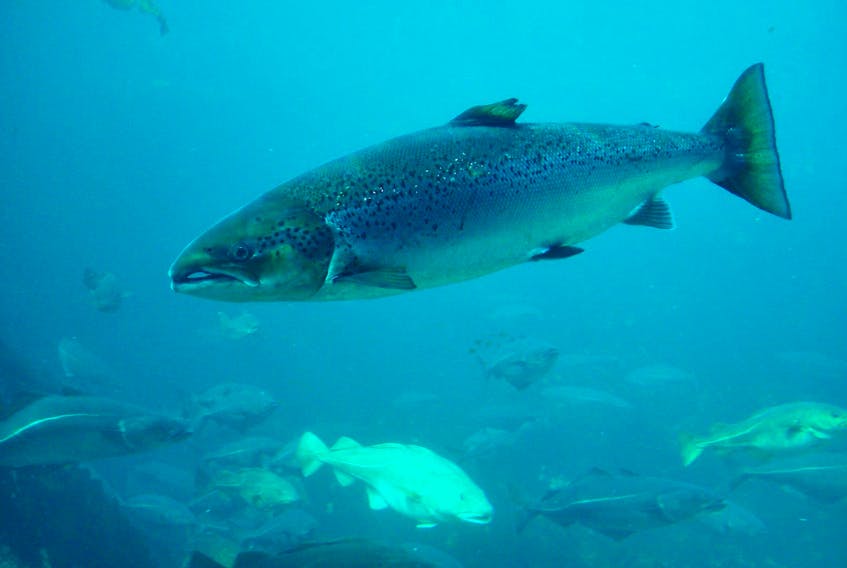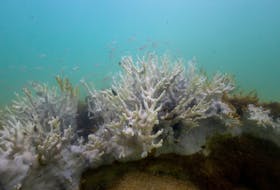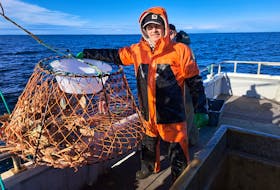The current regulations managing our wild Atlantic salmon in Newfoundland and Labrador are not safeguarding them from cumulative semi-lethal impacts currently being practiced.
A significant number of salmon anglers in the province believe that our salmon are being put at risk through various actions of certain fishing practices in the province.
Physically removing salmon from the river and posing to get that perfect picture to hang at the cabin is disorienting, seriously stressing and ultimately harming the fish. The impacts of hypoxia on a salmon’s system is a potentially lethal activity is certainly the most pressing issue in that salmons circulatory system during that time.
Disorienting and stressing the fish alongside the risk of asphyxiating their gills from exposure to the air will without doubt put a salmon’s survival rate into question.
The profound impact of hypoxia needs to be considered alongside a variety of other harmful threats which play a major role in the overall health and ensured survival of N.L. salmon. The core cumulative semi-lethal impacts from the practice of catch-and-release on salmon all impact the reproduction likelihood, development, and overall vitality of every salmon caught.
The loss of a salmon’s protective mucus layer which can be lost from fighting against an angler’s line is an issue. This protective covering which ensures the salmon is shielded from diseases and parasites while in the water over its lifetime. The concern over split tails from anglers playing the fish for sport too much can cause serious harm resulting in salmon unable to dig their REDD’s for depositing eggs.
The loss of a salmon’s adenosine tryphosphate levels (ATP), which are essentially their energy levels that allow them to swim upstream to spawn or escape a predator in the wild, is paramount for this topic. In the wild salmon are victims from opportunistic predators from birds of prey and mammals, especially when their energy levels are low. Exhausted salmon after being released can be easily eaten by these animals or simply sink to the bottom of rivers to decompose.
If DFO believes that we need to ensure our salmon in the province have the best chance of producing offspring and returning to the sea to return once again to their native rivers then they must implement a new protocol which would keep them in water, or a “keep them wet” regulation.
Yours in Conservation,
Andrew Bouzan,
President, Newfoundland and Labrador Wildlife Federation
RELATED:









